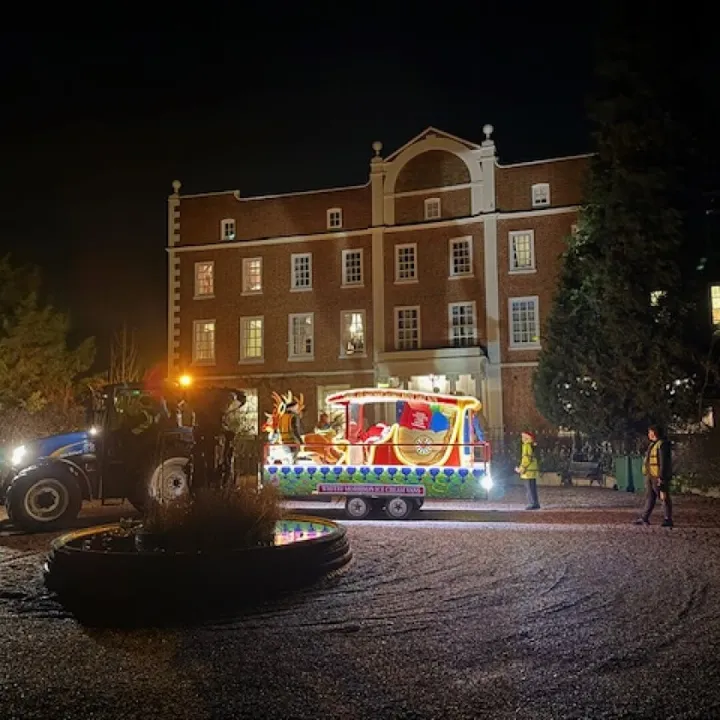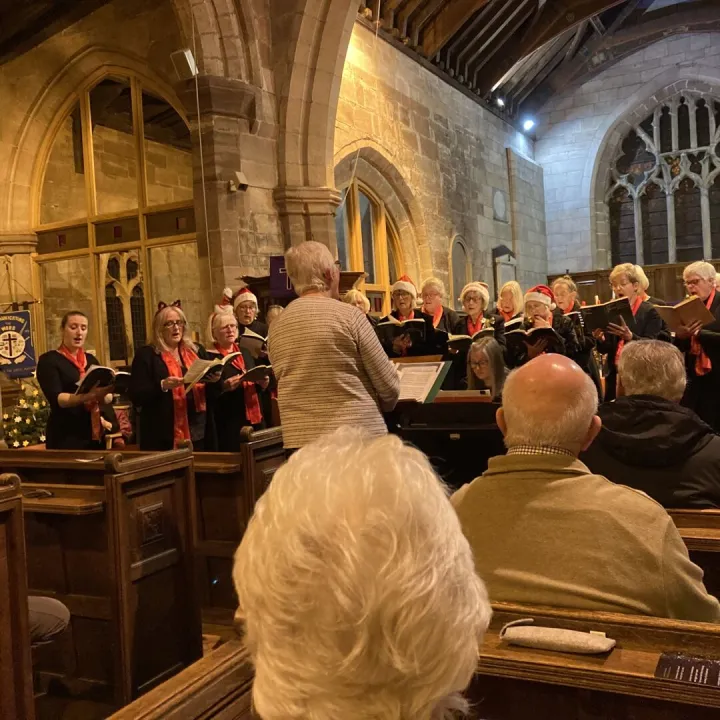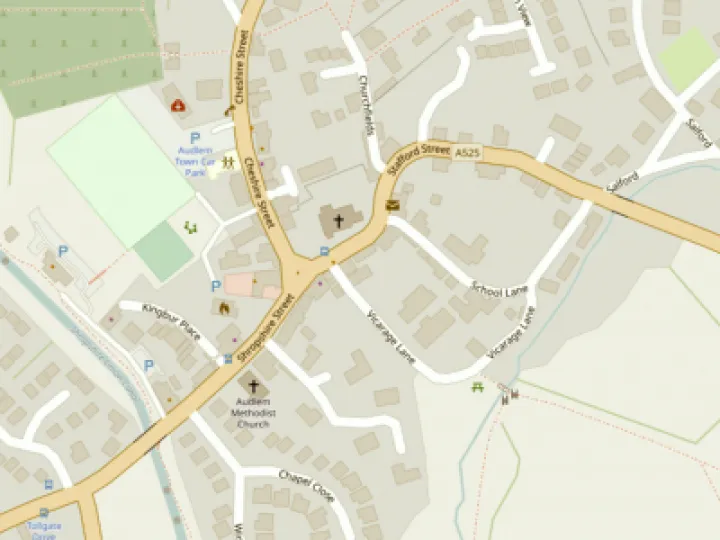







Annie Jump Cannon, born on December 11th 1863, was an American astronomer whose cataloging work was instrumental in the development of contemporary stellar classification.
With Edward C. Pickering, she is credited with the creation of the Harvard Classification Scheme, which was the first serious attempt to organize and classify stars based on their temperatures and spectral types. She was nearly deaf throughout her career. She was a suffragist and a member of the National Women's Party.
Cannon's mother was the first person to teach her the constellations and she encouraged her to follow her own interests, suggesting that she pursue studies in mathematics, chemistry, and biology at Wellesley College. Cannon and her mother used an old astronomy textbook to identify stars seen from their attic.
In 1880, Cannon went to Wellesley College in Massachusetts, one of the top academic schools for women in the US, where she studied physics and astronomy. She studied under Sarah Frances Whiting, one of the few women physicists in the United States at the time, and went on to become the valedictorian at the college. She graduated with a degree in physics in 1884 and returned home to Delaware for a decade.
During these years, Cannon developed her skills in the new art of photography. In 1892 she traveled through Europe taking photographs with her Blair box camera. After she returned home her prose and photos from Spain were published in a pamphlet called "In the Footsteps of Columbus", published by the Blair Company and distributed as a souvenir at the Chicago World's Columbian Exposition of 1893.
Soon afterward, Cannon was stricken with scarlet fever that rendered her nearly deaf. This hearing loss made it difficult for Cannon to socialize. As a result, she immersed herself in her work. In 1894, Cannon's mother died and life at home grew more difficult. She wrote to her former instructor at Wellesley, professor Sarah Frances Whiting, to see if there was a job opening. Whiting hired her as a junior physics teacher at the college. This opportunity allowed Cannon to take graduate courses at the college in physics and astronomy. Whiting also inspired Cannon to learn about spectroscopy.
In order to gain access to a better telescope, Cannon enrolled at Radcliffe College as a "special student", continuing her studies of astronomy. Radcliffe was set up near Harvard College for Harvard professors to repeat their lectures to the young Radcliffe women. This relationship gave Cannon access to the Harvard College Observatory. In 1896, Edward C. Pickering hired her as his assistant at the Observatory. In 1907, Cannon finished her studies and received her masters from Wellesley College.
In 1896, Cannon became a member of "Pickering's Women", a group of women hired by Harvard Observatory director Edward C. Pickering to complete the Henry Draper Catalogue, with the goal of mapping and defining every star in the sky to a photographic magnitude of about 9. In her notes, she referred to brightness as "Int" which was short for "intensity". Pickering said that she was able to classify stars quickly, "Miss Cannon is the only person in the world--man or woman--who can do this work so quickly."
Cannon manually classified more stars in a lifetime than anyone else, with a total of around 350,000 stars. She discovered 300 variable stars, five novas, and one spectroscopic binary, creating a bibliography that included about 200,000 references. She discovered her first star in 1898, though she was not able to confirm it until 1905. When she first started cataloging the stars, she was able to classify 1,000 stars in three years, but by 1913, she was able to work on 200 stars an hour. Cannon could classify three stars a minute just by looking at their spectral patterns and, if using a magnifying glass, could classify stars down to the ninth magnitude, around 16 times fainter than the human eye can see. Her work was also highly accurate.
On May 9, 1922, the International Astronomical Union passed the resolution to formally adopt Cannon's stellar classification system; with only minor changes, it is still being used for classification today. Also in 1922, Cannon spent six months in Arequipa, Peru, to photograph stars in the Southern hemisphere.
In 1925 she became the first woman to receive an honorary doctorate of science from Oxford University. In 1935, she created the Annie J. Cannon Prize for "the woman of any country, whose contributions to the science of astronomy are the most distinguished."
She became the William C. Bond Astronomer at Harvard University in 1938.
The astronomer Cecilia Payne collaborated with Cannon and used Cannon's data to show that the stars were composed mainly of hydrogen and helium.
Annie Jump Cannon's career in astronomy lasted for more than 40 years, until her retirement in 1940. Despite her retirement, she continued to actively work on astronomy in the observatory up until a few weeks before she died, in 1941.
During her career, Cannon helped women gain acceptance and respect within the scientific community. Her calm and hardworking attitude and demeanour helped her gain respect throughout her lifetime and paved the path for future women astronomers.
This article is from our news archive. As a result pictures or videos originally associated with it may have been removed and some of the content may no longer be accurate or relevant.
Get In Touch
AudlemOnline is powered by our active community.
Please send us your news and views using the button below:
Email: editor@audlem.org





